As one of the most celebrated and sought-after ceramics of the Song Dynasty, Ru ware embodies a sense of understated refinement that has captivated collectors and scholars alike for centuries. One of the hallmarks of this delicate porcelain is its unique coloring, which comes from the use of glazes made from carefully selected natural materials. These hues are not only beautiful in their own right but also imbued with symbolic meaning that reflect important cultural values.
In this article, we take a look at the ceramics of Zhang Wentao, a master of traditional Chinese arts and crafts, and delve into the delicate world of Ru ware and the fascinating relationship between its traditional colors and Chinese culture.
As the pinnacle of Chinese porcelain, the beauty of Song Dynasty Ru ware has been continuously receive attention since its birth and gradually integrated into the lives of literati in various dynasties. Unlike the richness and liveliness of the Tang Dynasty, it removes all decorations and returns to nature. Simple and elegant, crystal clear. "Like jade, not jade, but better than jade", the aesthetic mood of the peaceful East is revealed. Even ancient emperors cannot resist this beauty.
In the late Northern Song Dynasty, Ru ware ranked first among the five famous kilns in the Song Dynasty and was dedicated to making porcelain for the imperial court. In addition, the firing time of Ru official kiln was extremely short, generally believed to be only twenty years. Therefore, the surviving pieces are extremely rare and precious.
Today, after decades of efforts by Ru kiln craftsmen in Ruzhou, although the Ru porcelain technology has been restored, most of the imitation Ru brands are limited to the surface imitation glaze. "Imitation Ru porcelain only imitates the glaze, and ultimately falls short in appearance. It is even more difficult to compare with the beauty of ancient Ru porcelain." Zhang Wentao, a Chinese ceramic artist and master of traditional Chinese arts and crafts, talked about the inheritance and development of Ru porcelain in this way.
Born into a family of porcelain makers, Zhang Wentao had already learned the strengths of many families when he was young. He mastered many exclusive firing techniques and formulas for various types of porcelain. Later, after many years of deep cultivation in the field of ceramics, he realized that the current imitation of Ru ware was lacking in antiquity and innovation and was too focused on appearance.
So, in 2000, Zhang Wentao made a bold decision to visit ancient kilns throughout China, including Henan, Jingdezhen, and Longquan. He paid his respects to famous ancient porcelain masters and participated in many projects to restore ancient porcelain. After 10 years of travel and gathering the strengths of many families, he finally developed his own unique style and established the Wentao kiln, which was based on the famous kilns of the Song Dynasty and used ancient techniques to reproduce the essence of Song porcelain.
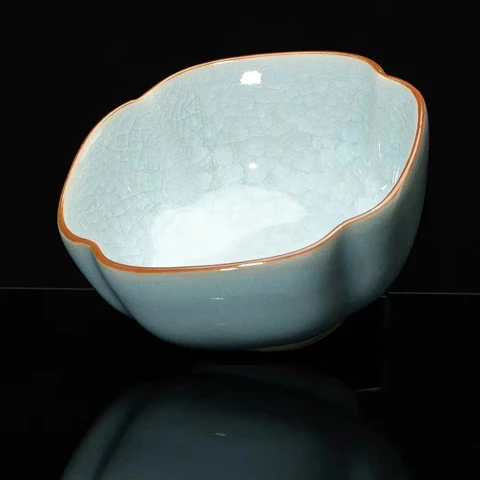
The Ru porcelain made on the market often has problems with uneven color or glaze due to the pursuit of efficiency and profit. However, the porcelain cups made by Zhang Wentao have warm and smooth colors and glazes. When held in the hand, they truly feel flawless, like jade. Unlike the transparent glaze of imitated Ru porcelain, the glaze surface of Zhang Wentao's porcelain is deep and elegant, with a thick and lustrous finish.
Under the magnifying glass, sparse bubbles can be seen. Like the morning star falling, clear but not cold, beautiful but not vulgar. Every day, it is nourished with tea, gradually opening up a golden thread and unfolding a pattern like the wings of a cicada. The glaze color and surface will also become more moist, emitting a shimmering light, just like a spiritual instrument being awakened, giving the owner companionship and comfort day after day.
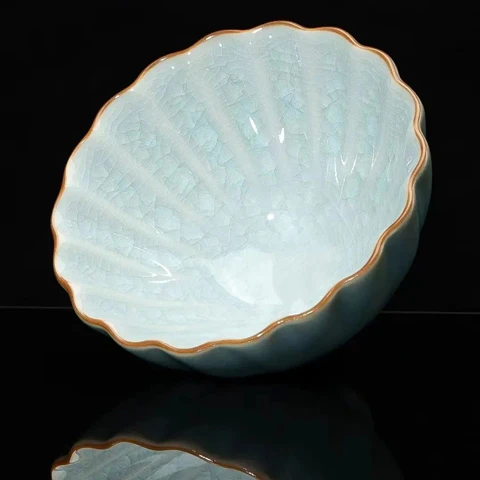
In order to reproduce the beauty and elegance of the Song Dynasty, Zhang Wentao carefully designed the bronze lines as a blueprint, incorporating the seal script and inscription techniques in the processing of the curves. Through slow firing with ancient glaze and firing methods, the created artifacts truly exhibit a sense of life, agility, and fluidity.
The Song Dynasty Ru porcelain was glazed with agate inside. However, at the Zhang Wentao kiln, precious natural agate is used in the glaze regardless of cost, and after countless adjustments, the Ru porcelain finally exhibits the royal air of thick as cream, as beautiful as jade, pure and elegant.
But Zhang Wentao's exploration of the beauty of Ru porcelain is not limited to this. Based on the reproduction of the beauty of ancient porcelain, Zhang has also innovated and learned from the past without being restricted by it.
The colors of Ru porcelain are often light and elegant, which is its characteristic, but Zhang Wentao always feels that on this basis, he can bring some new and eye-catching things to everyone.
So he incorporated traditional Chinese colors into Ru porcelain, endowing with a new charm. These glaze color can only be achieved after hundreds and thousands of attempts. These Chinese colors are exclusive to the Eastern aesthetic taste, quiet and introverted, simple and elegant, and have been precipitated for thousands of years, still possessing a calm temperament and vitality.
Moreover, Zhang Wentao innovatively combines the processes of two kilns to burn, allowing the ice crack pattern of Guan kiln and the crack pattern of Ru kiln to be displayed on the utensils at the same time. It should be noted that the firing temperature of different porcelain is different, and it is difficult to perfectly combine two or even three glaze surfaces together.
The proportion of glaze color, the proportion of agate, and the temperature control all require countless experiments. At the beginning, the yield rate was 0 for 4 years. But Zhang only had one persistence: "Every piece of porcelain should be a work of art, not an industrial product produced by an assembly line."
Because of its stunning appearance and exquisite craftsmanship, it is difficult to mass-produce, and its collection value has become increasingly prominent, becoming the new favorite of the collection industry. But for Zhang Wentao, his biggest dream has always been that Ru porcelain can into ordinary people's homes in a more perfect posture, integrating into everyone's daily life and improving people's quality of life.
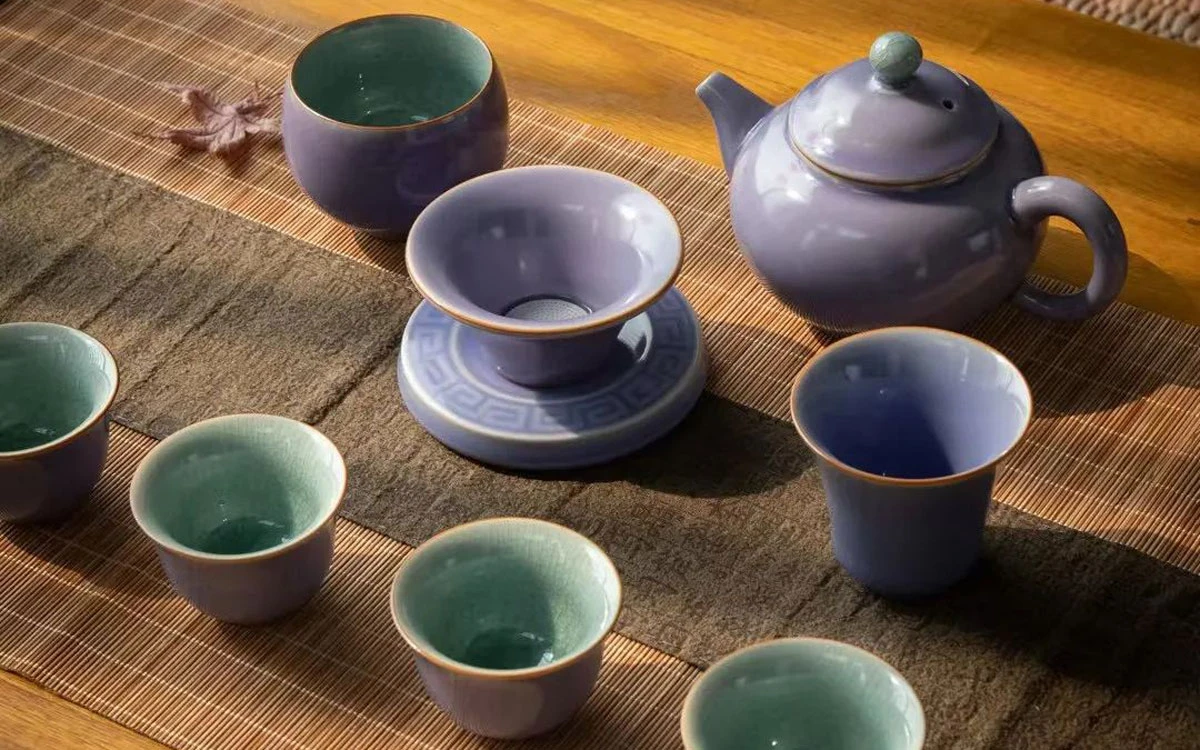
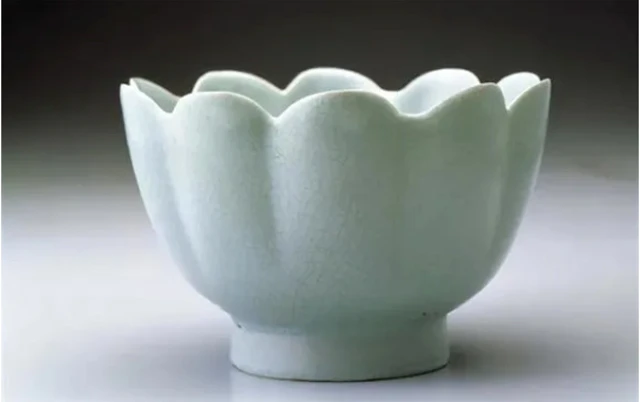
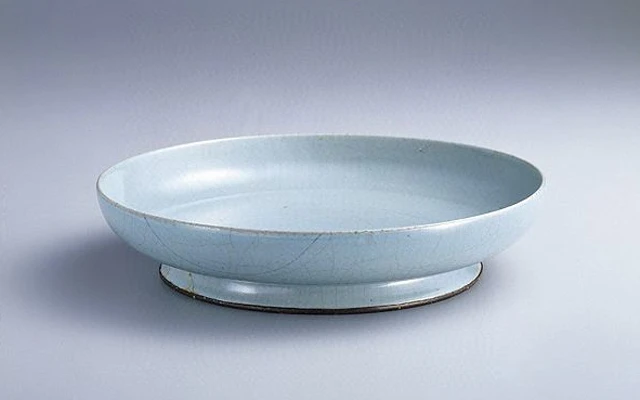
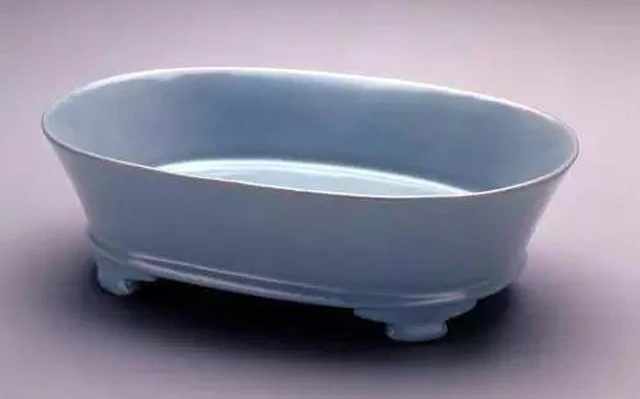
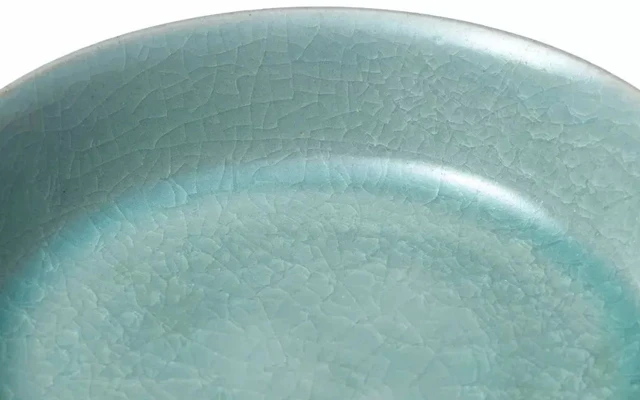
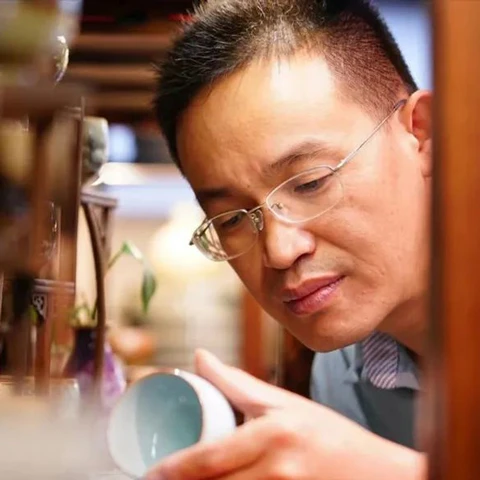
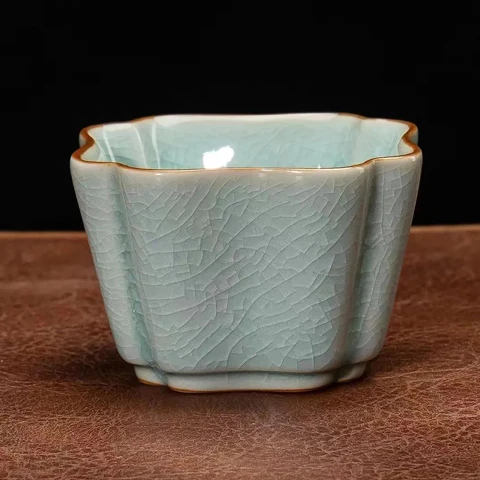
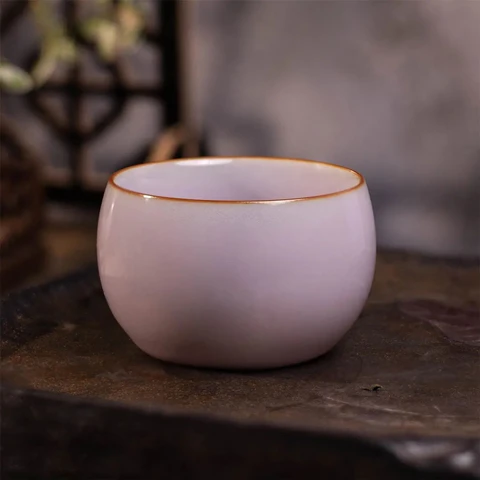
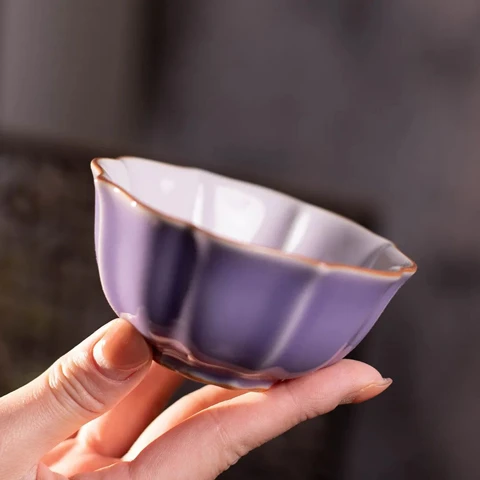
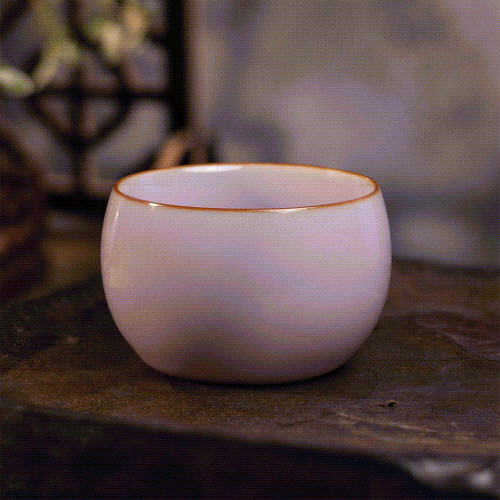
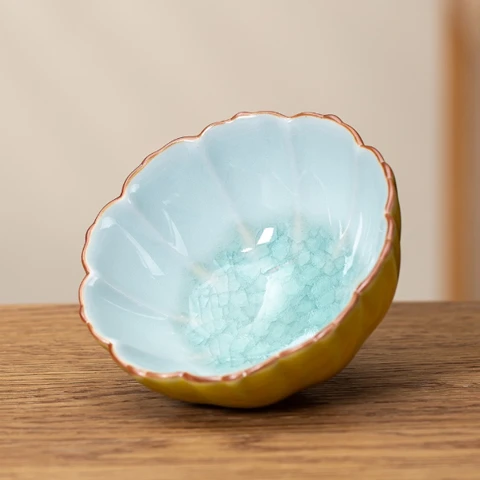


It looks stunning! 🙂
Cool !! 😍
they are all so unique and cool! I remember my grandma having a set of teacups like that.
Very good
That right
Thank you